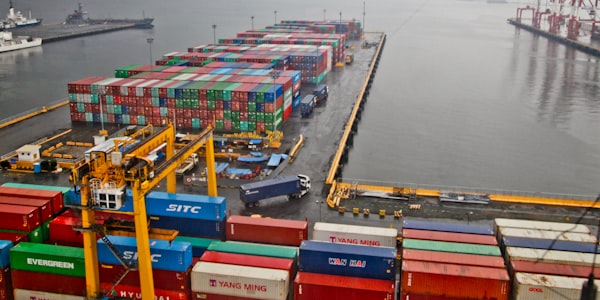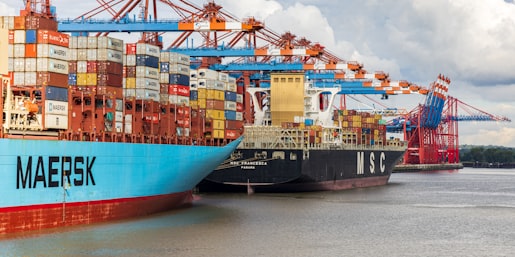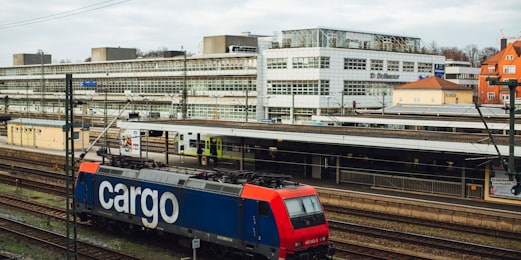
Application programming interfaces have become more commonplace in the less-than-truckload industry. It’s a significant change yielding big efficiencies for an industry evolving from an analog world.
An API allows two disparate systems to communicate with one another. It allows applications to transfer data and execute transactions in real time.
“Historically in LTL freight, base rates, carrier coverage points and other information was passed around manually using physical disks and CDs and had...
https://www.freightwaves.com/news/how-widespread-is-api-connectivity-in-the-ltl-industry



